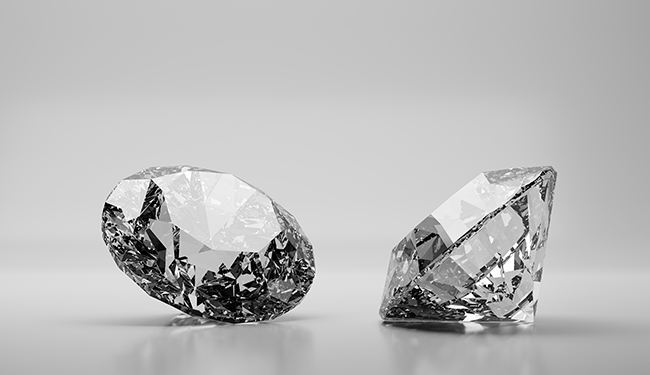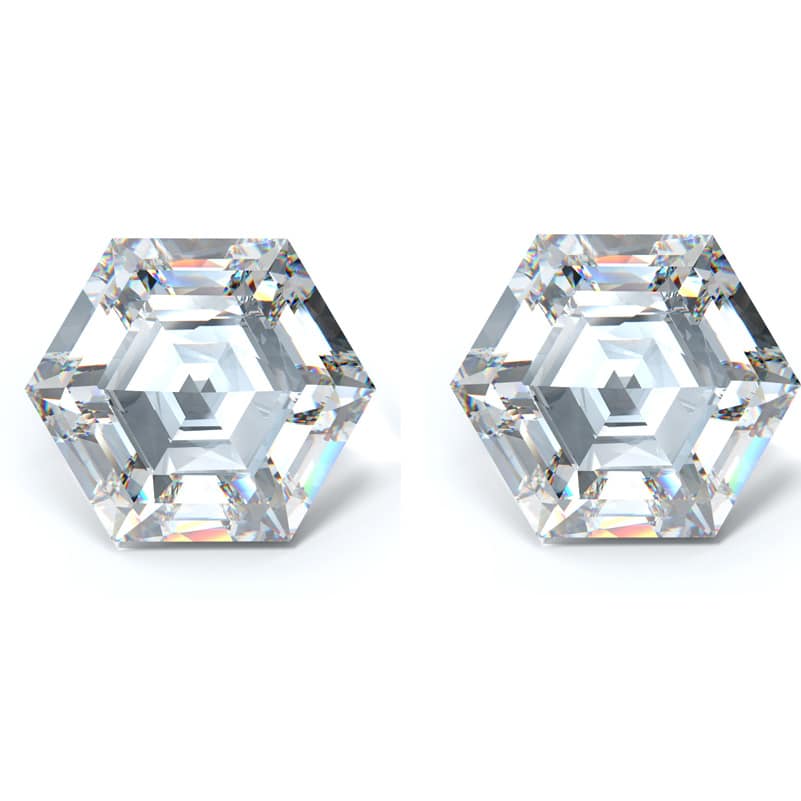Diamonds are famous as the symbol of true love, and that reputation isn’t without merit; diamonds are beautiful, durable, and versatile. They come in many different cuts and shapes, each with unique features that can add to the stone’s quality or detract from it. You may know about the most popular cuts – round cut diamonds, princess, oval – but you might not know about these other diamond shapes that you probably haven’t heard of before.
When thinking about diamond jewelry, the same shapes usually come to mind. From Brilliant Round Cuts to Princess or Even Baguettes. But there’s an entire world of unique diamond shapes out there, that can truly bring a unique look to your jewelry in ways you didn’t know possible. After all, the shape and cut of the diamond you choose can impact the overall look of your ring, so it’s essential to know which shapes are out there.
Below are some unique Diamond Shapes that chances are, you didn’t know of. Let’s begin, shall we?
French Cut Diamonds
The French Cut is an antique diamond shape that is starting to gain popularity again thanks to its art deco style beauty, as it dates back to the 14th century. What gives it its vintage uniqueness is its noticeably higher crown, and triangular facets.
Pear Shape
This is the rarest of the diamonds, so it can be difficult to find. The shape of a pear diamond is formed when one or more triangular faces meet in an apex, forming a point at the other end. A pear-shaped diamond’s length should be two-thirds of its width.
Known for their asymmetrical lines, pear-shaped diamonds are perfect for those looking for something unconventional that still looks amazing.
Hexagon Diamond Cut
Developed by De Beers in the early 1980s, the hexagon diamond cut has only recently gained popularity. Why? It offers more brilliance and fire than a typical round diamond because it is cut with a pattern of six equidistant facet points at the center of the shape. The result is an elongated-looking stone that is oval-shaped with flat ends rather than a traditional diamond shape with rounded ends.
Emerald Cut
In 1947, Laurence P. Graff Sr. designed the emerald-cut diamond with pointed facets similar to those on an octagon-cut stone. The name emerald comes from its green color. The round shape of the emerald cut gives the illusion of greater size than other shapes like princess and square cuts. It is a good choice for solitaire settings because it sparkles more. Some people prefer it over the classic round brilliant cut because they think it looks brighter or larger.
Trilliant Cut
The Trilliant Cut, or Triangular Cut, as the name suggests is a triangle shaped diamond which adds a completely unique visual style often popular as side stones. It has the great advantage of giving the illusion of being bigger than it actually is, and is raising in popularity by the day.
Asscher Cut
Created in 1902 by the Asscher Brothers of Amsterdam, the Asscher cut diamond is square-shaped and unique to the company. The name Asscher derives from this first shape; however, there are other names for this shape, such as Platina and Stellato.
Conclusion
When it comes to diamonds, shape is one of the many factors determining value. There are plenty of shapes you can choose from when picking out a diamond. There are many different shapes of diamonds, with more than 135 recognized by the GIA. Knowing what you’re looking for and what will work best for your budget and style is important. There are differences in appearance between these cuts; for most people, the shape does not matter as much as size and color.


